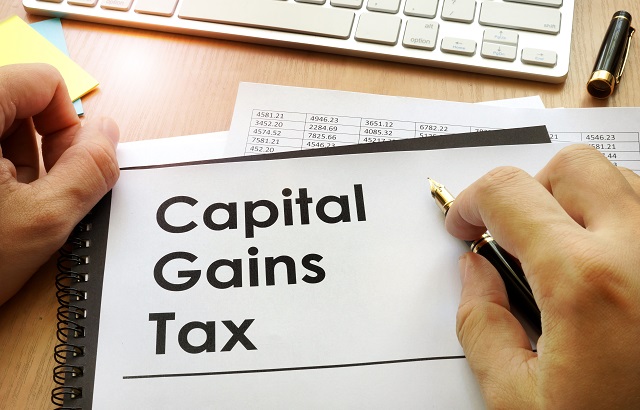HM Revenue & Customs (HMRC) is sending out 14,000 “nudge” letters to people asking them to check whether they owe capital gains tax (CGT).
According to advisory firm Blick Rothenberg, they will be sent to people who have sold a residential property during the 2018/19 tax year.
It is unclear how HMRC will conclude that a particular property may not have been a taxpayer’s main home but the firm said that, within previous nudge letter campaigns, HMRC does not generally undertake any internal checks to verify the information they hold, and so taxpayers can receive a letter where there is nothing to disclose.
Blick Rothenberg told International Adviser that it does not know of a recent capital gains tax campaign from HMRC, but most recently the taxman carried out a CGT and offshore assets investigation.
Do not ignore
Suzanne Briggs, a partner at Blick Rothenberg, said: “The ‘nudge’ letter relating to the 2018/19 tax year will invite taxpayers to review their CGT position and either amend their tax return or make a disclosure.
“Taxpayers will be alarmed by receiving these letters, but they should take care not to ignore them and to take immediate advice or they too could face fines and interest charges.
“It is important to be aware that main residence relief – which exempts a capital gain on the sale of a property – only applies in full if a property has been your ‘only or main residence’ throughout your ownership.
“The legislation around main residence relief can be complex if you have not lived in the property as your main residence throughout or you own more than one property. It is not always the case that main residence relief applies to the property being sold,” she added.
‘New regime’
Briggs also said that there “is a more immediate problem”.
“Anyone who has sold a property after 6 April this year, where there is CGT to pay, should have reported the disposal and paid the CGT within 30 days of the sale,” she added. “A late return will incur a late filing penalty and interest on the late payment of the CGT.
“There has been little publicity about this new regime and the short filing deadline will catch many people out.
“HMRC should be proactively educating taxpayers rather than penalising them for late filing after the event. Anyone who thinks that they owe money should deal with it now or they could face fines and interest charges.”
Aegon
Elsewhere in the industry, Aegon has launched a capital gains tax calculator for advisers using its retirement choices platform.
The service was developed in partnership with software development specialists FinoComp, a Bravura subsidiary.
The tool’s reporting functionality allows advisers and para-planners to gather information, helping them to manage their client’s CGT liabilities.
It will soon be available on the Aegon platform and provides options of both manual and automated ‘what if’ scenarios to create a comprehensive overview of a client’s liabilities depending on different factors, and help visualise realised and unrealised positions.
Ronnie Taylor, chief distribution officer at Aegon, said: “We’re always looking to bring in enhanced functionality that makes life easier for advisers.
“When it comes to platform tools we know that CGT calculation engines are highly valued, and the introduction of the ‘what if’ functionality delivers a premium tool to advisers who monitor their clients’ CGT positions.
“Although the autumn budget has been cancelled, there is speculation that changes to CGT are in the chancellor’s mind, so there’s an expectation that we’ll hear more in his spring statement.
“Any changes will drive increased demand from clients, anxious to understand their before and after liabilities. Having the ability to present realised and unrealised positions, in a range of scenarios, and in an easily digestible format is a real coup.”








